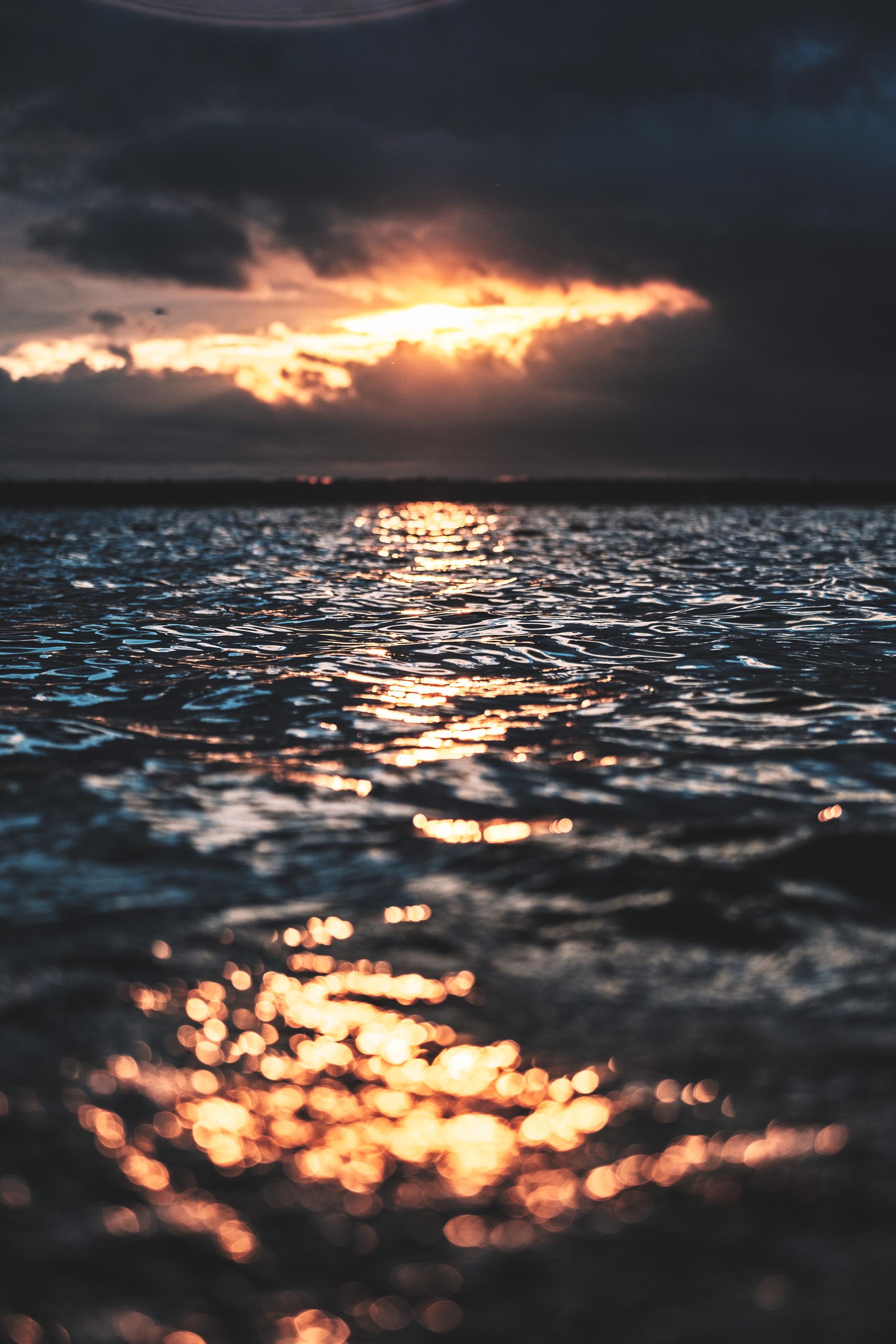
What are red tides?
Phytoplankton, the drifting communities found throughout the surface layers of the ocean, perform the crucial role of capturing the energy in sunlight to produce complex molecules in the process of photosynthesis. In doing so, they provide the basic food on which almost all the oceans' animal communities depend. But sometimes you can have too much of a good thing, and red tides — or algal blooms — are one of the results.
"Red tide" is a general term for the phenomenon in which the tiny phytoplankton cells become locally so numerous that they cause discoloration of the water. The discoloration is caused by the concentration of pigments in the algal cells, and although these are often red, sometimes extremely so, they can also appear as orange, yellow, brown, or green, depending on the species.
Algal blooms can often be harmful. The harmful effects are usually the result of the production of natural toxins by the algae, which can have serious consequences for both wildlife and man, particularly because the toxins can accumulate in commercially exploited Mollusca shellfish such as oysters and mussels. In addition to these toxic effects, some algal blooms can be so concentrated that they clog the gills of fish and shellfish, and their decaying remains can deplete the oxygen concentration in the water to lethal levels.
The cause of algal blooms is often uncertain, though a sudden and local increase in the availability of nutrients is usually involved. Like their terrestrial equivalents, marine plants, including phytoplanktonic algae, are dependent on sufficient sunlight, adequate warmth, and the availability of nutrients such as phosphates and nitrates. In a red tide situation, the injection of nutrients is either too rapid or at the wrong time to allow herbivorous animals to control the growth.
The source of the nutrients can be a result of human activity. For example, algal blooms in freshwater lakes are often caused by runoff from agricultural lands carrying fertilizer into the water body. In the same way, rivers flowing through agricultural landscapes can carry high levels of nutrients to the sea and stimulate algal blooms as a consequence. Some blooms, however, seem to be entirely natural and caused by local wind and water conditions churning up nutrients into the upper water column.